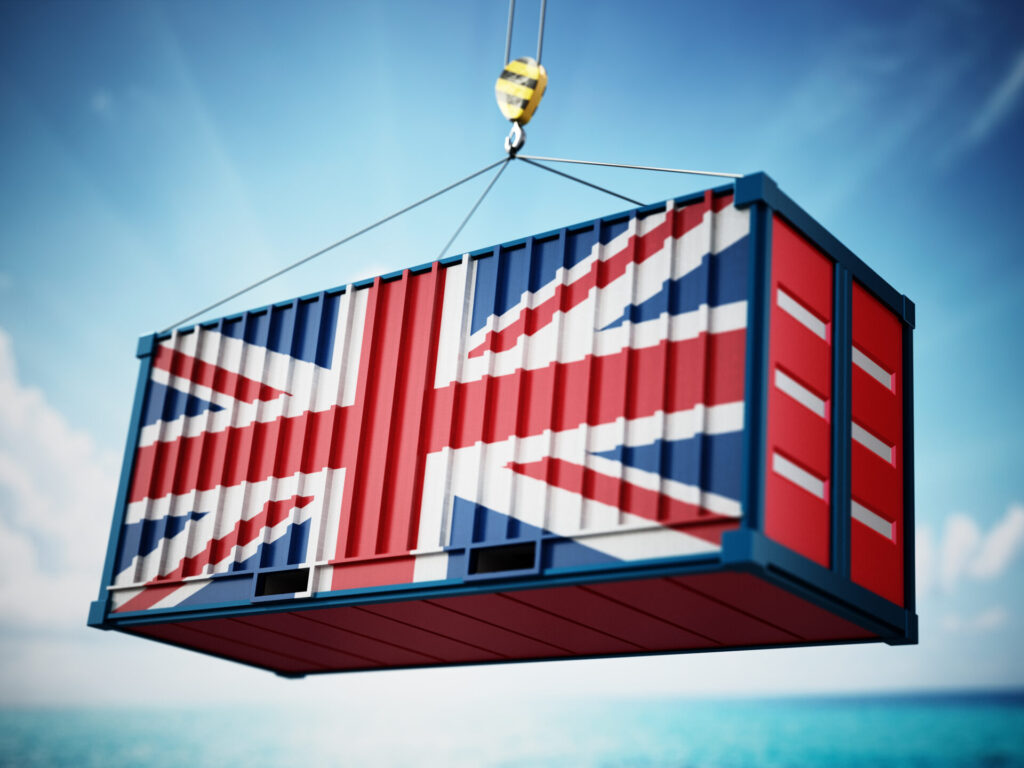The aftermath of Covid and Brexit has created a new era of uncertainty for businesses across the UK. As the country adjusts to its altered relationship with the European Union, companies are exploring innovative strategies such as nearshoring to maintain competitiveness and mitigate the challenges posed by the evolving economic landscape.
The nearshoring strategy is gaining popularity as we head into 2024, a concept that involves outsourcing business processes or services to nearby locations or countries. 71% of the chief procurement officers in a recent survey plan to increase their nearshoring share by 2025, with 24% considering nearshoring in the same market where they currently operate.
What is Nearshoring?
Nearshoring is a business practice where companies opt to outsource their operations or services to countries that are geographically close. Unlike offshoring, which involves outsourcing to distant locations, nearshoring focuses on neighbouring or nearby countries. The goal is to capitalise on proximity, creating collaboration opportunities, reducing logistical complexities, and enhancing communication.
Non-surprisingly, this trend is a full reversal on a long-standing practice of offshoring, which saw companies relocating operations, largely to countries such as China and others in South and Southeast Asia, where inexpensive labour and materials were readily available.
The era of globalisation and the quest for cost-effective solutions meant offshoring became the prevailing trend. However, this trend came with repercussions, notably a decline in human rights standards and increased environmental harm. The onset of the Covid-19 pandemic further created challenges for a globally interconnected world, disrupting supply chain dynamics significantly.
The Post-Brexit Imperative
Brexit has also introduced a number of challenges for businesses, including disruptions in supply chains, changes in regulations, import and export hurdles and uncertainties in trade agreements. As companies reassess their operational strategies, nearshoring emerges as a strategic response to these challenges. The reduced barriers to trade within Europe had long been a cornerstone of the UK’s economic landscape, and nearshoring provides a means to regain some of those advantages in a post-Brexit world.
Proximity Matters
One of the primary advantages of nearshoring is the geographical proximity between the outsourcing company and the service provider. This proximity results in reduced transportation costs, faster delivery times and a more streamlined supply chain. Where speed and efficiency are paramount in maintaining customer satisfaction, being closer to the source of production or service delivery can be a game-changer for businesses.
Nearshoring also leverages the similarities between neighbouring countries. Shared time zones, language, and business practices allow for smoother collaboration and communication – leading to increased efficiency, better understanding of customer needs, and a more seamless integration of business processes.
Mitigating Risk and Ensuring Compliance With Nearshoring
Regulatory changes and evolving trade agreements can pose compliance challenges for businesses. The geographical proximity between the home country and the nearshored destination provides a crucial advantage, allowing for quicker responses to regulatory changes and allowing for direct communication with regulatory authorities. This approach not only streamlines compliance efforts but also enhances adaptability to evolving regulatory landscapes.
By strategically aligning with stable regulatory environments and established trade relations, companies can navigate the complexities of compliance effectively, ultimately enhancing their competitiveness in a global business environment.
Environmental Considerations
As sustainability takes centre stage in global business, nearshoring emerges as a strategic choice that aligns seamlessly with the principles of eco-friendly practices. The emphasis on reducing environmental impact has prompted businesses to review their supply chain strategies, and nearshoring stands out as a solution that inherently promotes environmental consciousness.
The traditional model of offshoring often involves transporting goods over long distances, contributing substantially to carbon emissions and increasing the overall environmental footprint of a product. In contrast, nearshoring minimises transportation distances, as production and distribution are strategically located closer to the consumer market.
The environmental benefits of nearshoring extend beyond reduced carbon footprints. The proximity between the manufacturing site and the destination market allows for more sustainable transportation options, such as using lower-emission vehicles or even exploring greener modes of transportation like electric or hybrid vehicles.
In the wake of the pandemic and Brexit, businesses are actively seeking strategies to thrive in the new economic landscape. Nearshoring, with its emphasis on proximity, cultural affinity, and risk mitigation, emerges as a compelling solution. As companies navigate ongoing supply chain uncertainty, nearshoring offers a pathway to resilience, efficiency, and sustained competitiveness. The geographical closeness that nearshoring provides not only addresses logistical challenges but also serves as a beacon for businesses seeking to integrate eco-friendly practices into their supply chain strategies.
As the global business world continues to prioritise sustainability, nearshoring emerges not only as a strategic operational decision but also as a testament to a company’s commitment to environmental responsibility and a greener future.





